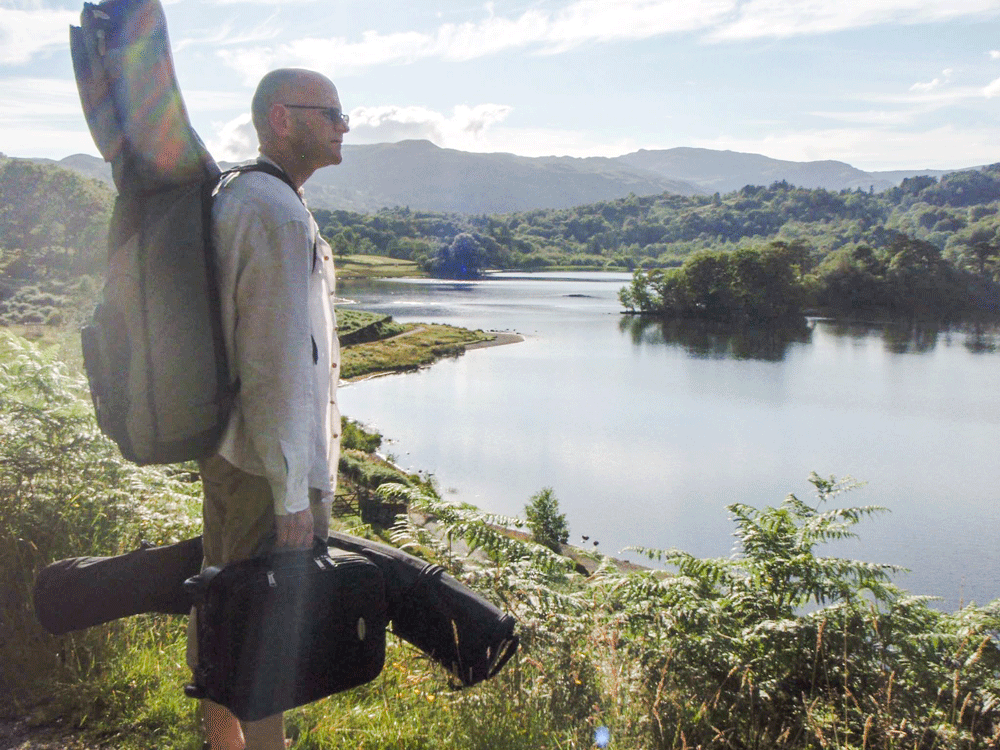A New Lexicon?
/A long day at the start of a long and exciting week, but a privilege to be involved in the Community Music symposium at Leeds College of Music today that Christine Bates had organized. A really good spread of delegates from CM practice, research, local Arts officers, mental health workers, graduates and academics. Thanks for inviting me, Chris!
I came away from today with lots of useful insights, and a realisation that maybe part of the reason we seem to have variations of the same debate over the years is that we’re still evolving a new lexicon to discuss the new world we find ourselves in. Allowing ourselves to be drawn back into dichotomous thinking about ‘excellence’ vs. ‘access’, or the familiar thorny questions about ‘quality’ keep us mired in the same conceptual territory we need to shake off if we’re to escape the gravitational pull of the ways of thinking about cultural value that have shaped our history. How can we talk about being a musician without falling into the seemingly irresolvable tension between ‘performer’ and ‘teacher’ identity? The distinction matters less and less in practice, yet our language hasn’t kept up with these changes, meaning that when we try to talk about it, we simply don’t have the words.
I’d been invited to give a short provocation (presentation slides available here) and this a loose approximation of what I (think I) said...
The theme I’d been asked to respond to was, ‘the specific personal benefit of musical engagement’. In other words, how do we actually know the value of music? Is the experience generated through our senses enough? How arts and culture are experienced may be essential to understanding their value, but is it sufficient? I suggest not. Perceiving that something is good for us doesn’t mean that it is, hence the ‘placebo effect’. As Descartes observed, “[our] senses are deceptive, and it is wiser not to trust entirely to anything by which we have once been deceived” (Descartes 1641).
Yet most of our assumptions about the benefits of music seem to rely heavily on qualitative data – how people feel when we engage in it. However, if this were sufficient, then why is Music squeezed from the curriculum? Why are fewer students doing it at GCSE? Why aren’t Arts activities routinely prescribed over allopathic medicine? If music improves our mood, why can’t you get it easily from your doctor instead of medication?
The real problem seems to be that we can’t understand the benefit of arts and culture without understanding first how people experience it; a phenomenological understanding of experience is integral to cultural value. However, on its own, we have to face up to the unpalatable truth that a purely qualitative justification of arts and culture hasn’t been sufficiently compelling to make arts participation central to everyone’s lives. A more robust understanding of cultural value needs quantitative measures as well as qualitative ones; we need both.
Great progress is being made, albeit slowly. Daisy Fancourt et. al’s study from last year which demonstrated the positive psychobiological impact alongside people’s actual experiences of group singing springs to mind (Fancourt et al. 2016). Participants’ experience correlated with neuroendocrinal effects – genius!
But what if, in focusing on the individual, we may be considering the wrong unit of analysis?
“SIAP argue that focusing exclusively on how art and culture affect individual people might be a mistake. While we have growing evidence that individuals are changed through encounters with the arts, it could be that the full effect of arts cultural engagement can be captured only if one accounts for the relational and collective changes, ‘the ways in which the arts contribute to building community and linking different communities to one another’ (Stern and Seifert, 2013b, p.196 in (Crossick & Kaszynska 2016)).
What if the impact on ‘the group’ rather than the individual is what we should be measuring? How do we measure interpersonal benefit? Surely that’s impossible?
Maybe not. Scandinavian researchers have already demonstrated that ‘music structure determines heartrate variability (HRV) of singers’ (Vickhoff et al. 2013) suggesting that the collective entrainment that occurs during group music-making is something that is not beyond measurement.
For what it’s worth here’s my theory. It’s just a theory at the moment, as I don’t have the resources to be able to disprove it... One day, perhaps...
Borrowing from the emergent discipline of interpersonal neurobiology, I believe that active music-making facilitates wellbeing through the attunement of ‘resonance circuitry’ i.e. “mirror neuron system (MNS), the superior temporal cortex, the insula cortex, and the middle prefrontal cortex” (Siegel 2011, p.61) between people, manifest as synchronisation of respiratory function, HRV and brainwave emissions, among other measurable phenomena. Because music requires us to synchronise our internal state with that of other people, it acts sympathetically on this ‘resonance circuitry’, promoting a sense of collective wellbeing. As Dan Siegel says, [when ] “people realise – even on some subconscious level – that their state is being shared with another person’s state, in that recognition of the resonance, there’s this ‘feeling felt’ process that happens.” (Siegel 2015)
I’ve no plans to re-train to be a neurobiologist any time soon, but it shouldn’t stop me from wanting to understand what the neurobiological mechanism might be that’s engaged when people sing together. I might not be able to disprove this theory on my own – I’ll need the help of more scientifically-minded colleagues to do that – but it shouldn’t stop me trying, should it? Or at least being interested, as it means I can have more interesting discussions about it, which might lead somewhere I wasn’t expecting.
My provocation essentially amounts to this – if you could measure something about cultural experience, would you want to? And what would it be? And if the real benefit of cultural experience isn’t to be found in individual experience, but in collective experience, how would you measure that? And what new words would you need to describe it?
